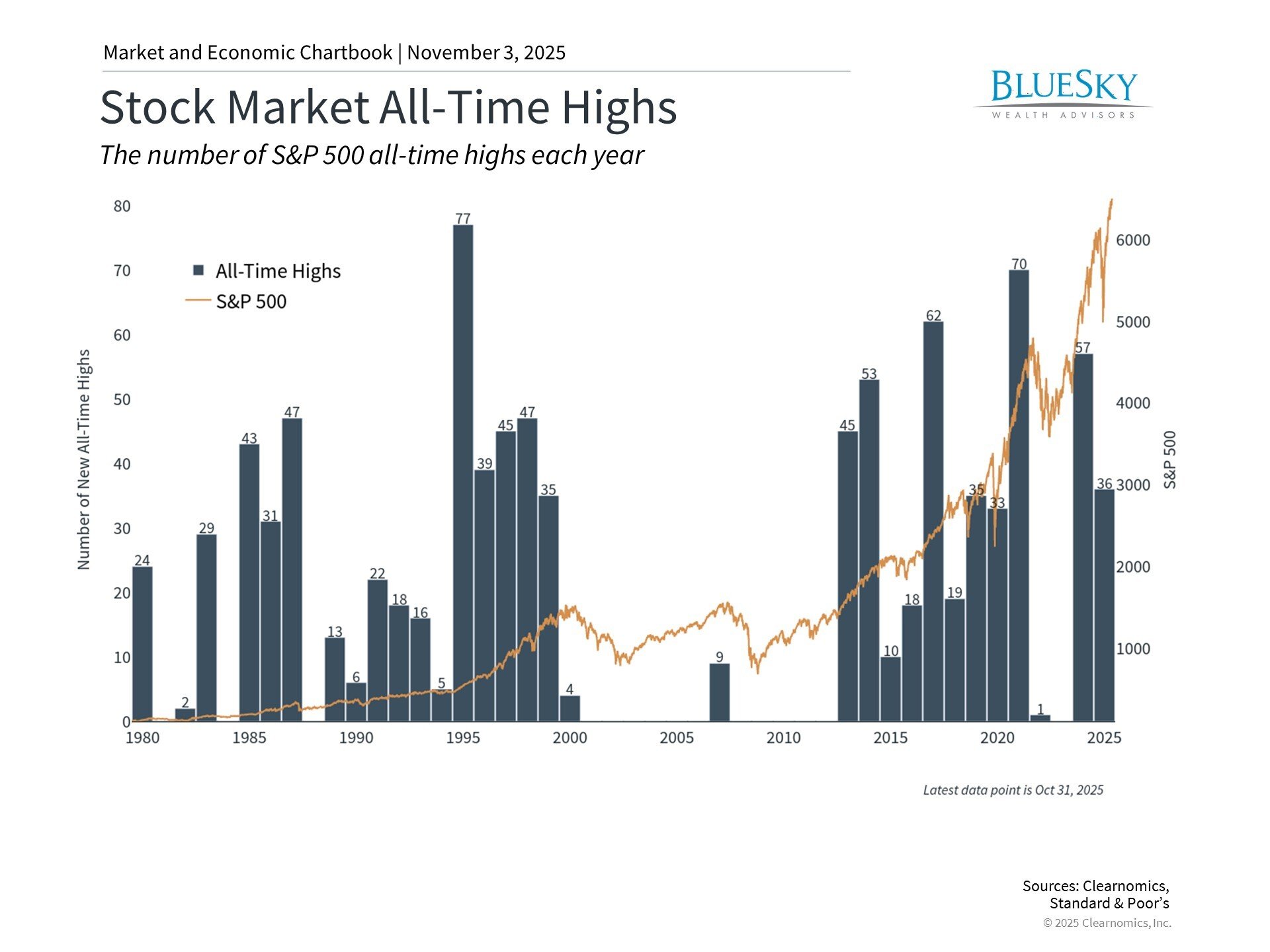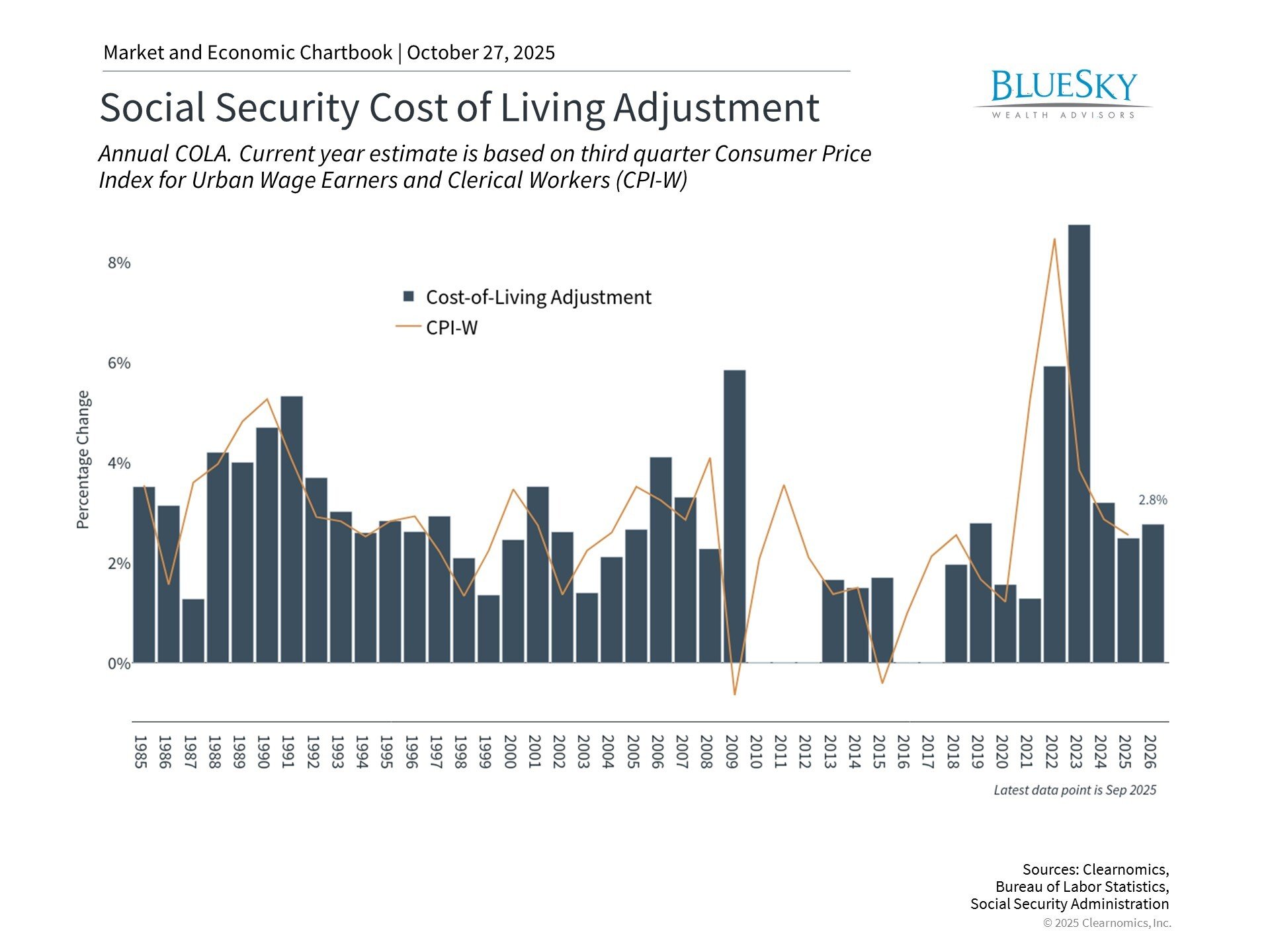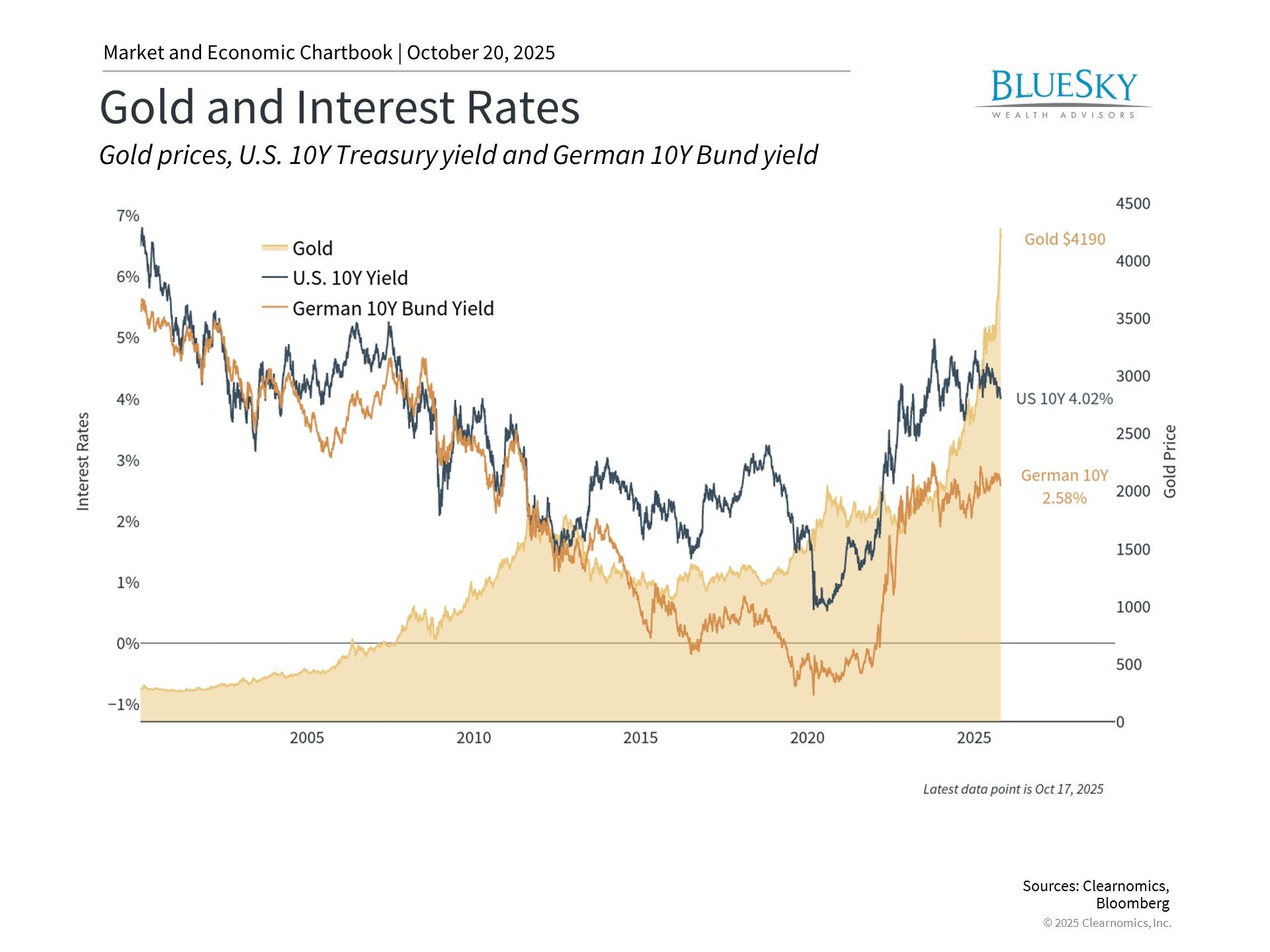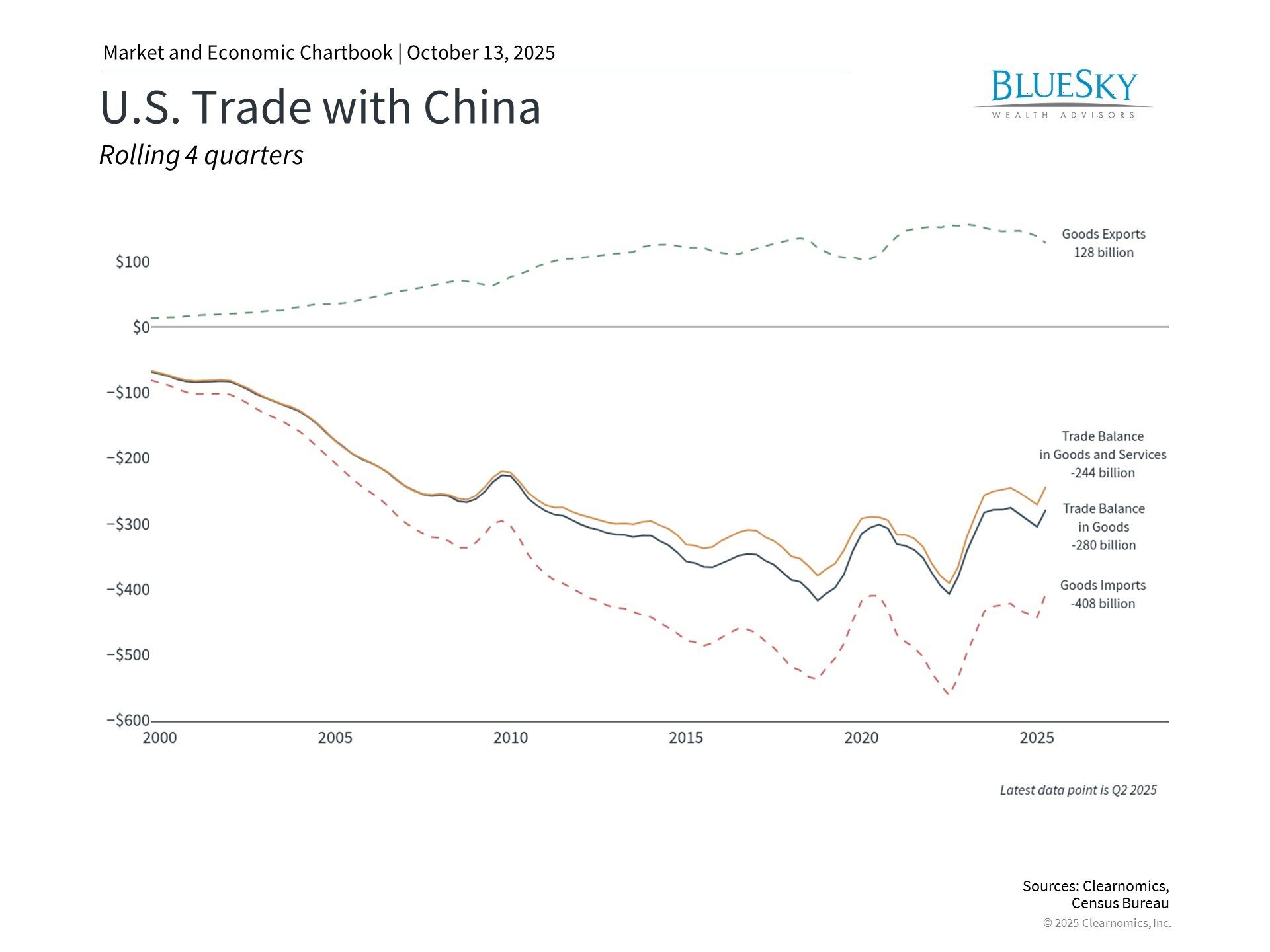
How to Calculate Required Rate of Return
How to Calculate Required Rate of Return
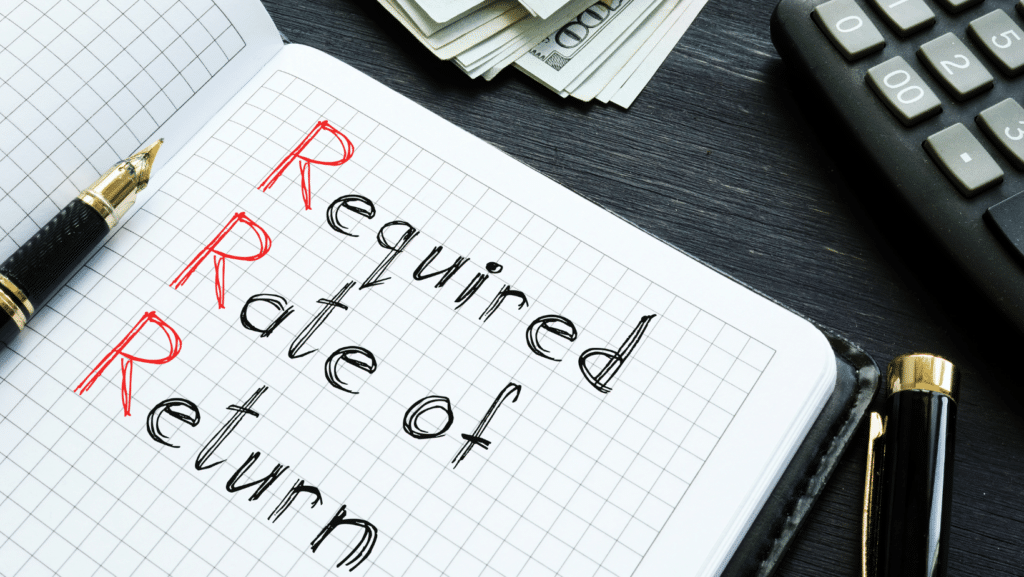
Are you ready to grow your money but don’t know where to begin? The required rate of return is a crucial factor that can guide you toward financial success. It helps you chart your financial path and ensures you achieve your desired level of growth. In this post, we’ll simplify calculating the required rate of return and explain why it’s vital for successful investments. Get ready to take charge of your financial future!
What is Required Rate of Return (RRR)?
Are you getting the return on your investment that you expect? The required rate of return (RRR) is the key to finding out. Investors are willing to accept the minimum amount of money in exchange for investing their hard-earned cash. By considering factors like risk tolerance, market conditions, and potential rewards, investors can determine what kind of return they aim for.
When making investment decisions, keeping an eye on inflation expectations is crucial. Say you’re a daring investor who loves taking risks. You may be looking for a higher return on your investments, which means targeting a higher required rate of return. But if you’re more risk-averse, you might only be comfortable with a lower capital structure target rate of return. It’s all about finding the right balance between your investment goals and risk tolerance.
Steps to Calculate RRR
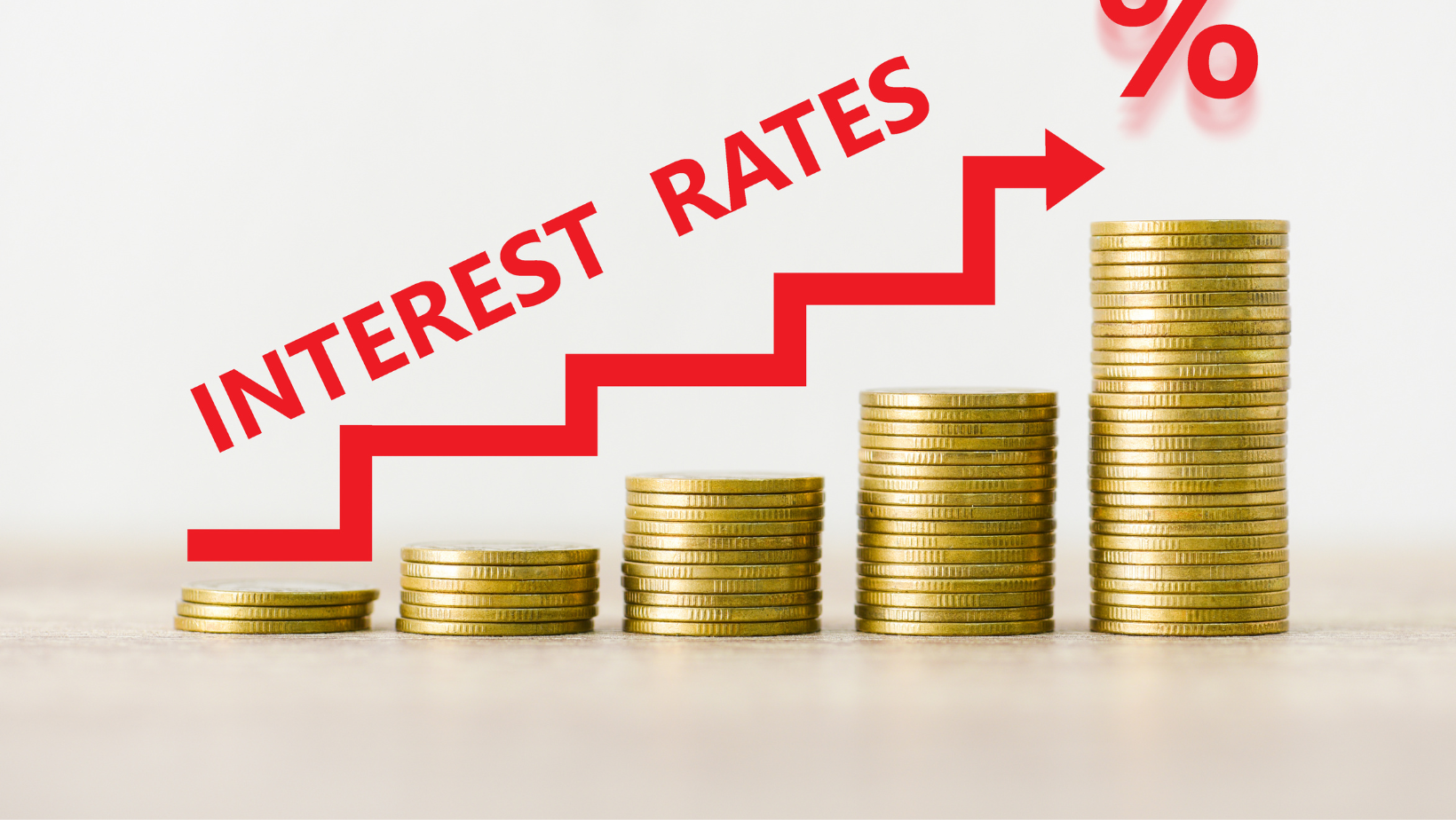
Calculating the rate of return formula is not a one-size-fits-all formula. There are various steps and factors to consider when determining the right return rate for an investment. To help you get started, here’s a quick summary of the main steps involved in calculating the required rate of return:
Determine the Risk-Free Rate (RFR)
Determining the risk-free rate (RFR) is the first and most important step in calculating the required rate of return. The RFR is the base rate investors can expect to receive without taking on additional risks. It is generally determined by examining government bonds and other debt instruments with very low default risk. For example, U.S. Treasury bills often indicate the zero risk rate. This helps investors determine how much they need to earn to take on additional risks. This rate is then used to calculate the minimum return on other investments.
Estimate an Equity Premium for the Market
The next step in calculating the required rate of return is to estimate an equity premium for the market. An equity premium is the amount by which a stock’s expected rate of return must exceed that of a risk-free investment, like a U.S. Treasury bill. The usual range for an equity premium is between 2% and 7%. Generally speaking, this percentage reflects investors’ expectations for the risk premium of holding stocks.
Consider market volatility, expected inflation rate, dividend discount model, and other macroeconomic indicators when estimating your equity premium. Many investors use historical data to estimate an equity premium reflecting current stock price performance trends. Understanding this concept thoroughly is important before deciding on a target return rate for any equity valuation.
Identify Your Project’s Beta or Expected Return
Investors must identify their project’s expected return or beta once the risk-free rate and equity premium have been considered. Beta is a measure of volatility that compares an asset’s performance to a benchmark index. Stocks with higher betas are generally considered more volatile than those with lower betas.
The expected return of your portfolio will depend largely on the individual assets within it. If you have less volatile stocks than the benchmark, your expected return may be lower than the overall stock’s present value. On the other hand, if you have stocks with higher betas, your expected return could be greater than that of the overall stock market.
Calculate the Expected Return of Your Portfolio
Once you’ve estimated an equity premium for the market, you’ll be on your way to calculating the expected return of your portfolio. It’s a straightforward process. Add up the expected returns from your investments, and don’t forget to consider any cash holdings, taxes, fees, or other associated costs.
This will give you a number that you can use to compare your portfolio with other investment products. But wait, there’s more! When estimating your portfolio’s expected return, we can’t ignore the effects of inflation and taxes. Inflation can slowly eat away at your returns over time, so it’s crucial to account for this if you want a clear picture of potential gains or losses. And let’s not forget about taxes – stocks, bonds, and mutual funds are all taxed differently. So make sure to factor in the relevant tax rates when making those all-important calculations.
Factors That Determine Your Portfolio’s Risk

When constructing a portfolio, it’s important to understand the risk factors associated with different assets. Some of the common risk factors that can affect the performance of your portfolio:
Market Risk
Market risk, also called systematic risk, is the overall risk of an investment that cannot be avoided through diversification. It is caused by macroeconomic events or broad market movements that impact all securities within a specific asset class. For instance, when the stock market drops, most stocks incur losses, regardless of their performance in other sectors. This type of risk affects all investors equally and cannot be mitigated through asset allocation. Therefore, it is crucial to consider your comfort level with market risk when constructing a portfolio.
Interest Rate Risk
Interest rate risk is a crucial aspect to consider when investing. Fluctuations in interest rates over time can impact different types of investments. For example, when rates rise, the value of fixed-income investments like bonds decreases, making them less appealing to investors.
As a result, bondholders may experience losses as the market adjusts to new rates. Additionally, fluctuations in interest rates can also affect other investments, including stocks and real estate, potentially leading to additional losses. Before making any investment decision, it is important to understand the potential impact of interest rate changes on your portfolio.
Credit Risk
It’s important to be aware of credit risk when investing. It refers to the possibility of an issuer being unable to meet its debt obligations. This risk is higher when dealing with high-yield and corporate securities, considered riskier than government bonds.
You can invest in credit instruments such as treasury bills, corporate bonds, and junk bonds to diversify your portfolio. Understanding the level of credit risk involved in any investment you’re considering for effective portfolio risk management is crucial.
Liquidity Risk
Liquidity risk happens when investors may face difficulty converting investments into cash promptly. This risk is typically highest with illiquid assets like private equity and venture capital, which are not freely traded on public markets. Before committing any funds, investors should carefully consider investment liquidity to prevent potential losses if they require quick access to their funds.
Economic Risk
Economic risk refers to the potential impact of macroeconomic factors on an investor’s portfolio, such as economic growth, inflation, unemployment, and exchange rates. Investors must grasp how economic changes might affect their investments before making decisions. Diversifying across different asset classes can help mitigate financial risk but may not provide complete protection against losses during a market downturn.
Political Risk
There are risks involved in investing in countries where the political climate can impact the value of assets. Political risk is particularly significant for international investments, where local governments may impose restrictions or regulations that could significantly affect an investment. It is important for investors to thoroughly research potential political risks before investing and to develop a strategy to manage these risks if needed, effectively.
Regulatory Risk
Regulatory risk is the risk that changes in government regulations could adversely affect an investment or business opportunity. Laws governing areas such as taxes, labor, and environmental standards can significantly impact the profitability of assets, so it’s important to understand how potential regulatory changes might affect investments before committing funds. Investors should also monitor developments in the regulatory landscape and adjust their strategies accordingly.
Liquidity Risk
Liquidity risk is when an investor needs investors to understand more time to sell assets to meet their expected dividend payment. Investors need to know how liquid their investments are to plan for potential market disruptions or liquidity problems. Investors should also consider investing in assets with relatively high liquidity to minimize the risk of being stuck with illiquid investments.
Currency Risk
Currency risk is the potential for exchange rate movements or changes in currency regulations to impact the value of investments in different currencies. Investors exposed to multiple currencies should ensure they understand the risks associated with those currencies and have a plan to manage any potential changes.
Payment Risk
Payment risk refers to the potential for delays or non-receipt of payments from counterparties like clients or suppliers. This can seriously impact business profitability. It’s crucial to grasp counterparties’ payment policies and implement measures to mitigate this risk.
Benefits of Knowing RRR

Knowing the risk-reward ratio can be a powerful tool for investors to understand the potential risks and rewards associated with any investments. Here are some of the key benefits of understanding RRR:
Helps Identify Risks
Understanding the risk-reward ratio can help investors identify specific risks in any investment, such as liquidity or currency risk, which are important to consider before investing. Knowing these risks can enable an investor to manage them more effectively and make better investment decisions. For example, suppose an investor is looking at a certain stock with high volatility. In that case, they can use the risk-reward ratio to decide whether the potential reward is worth taking on the higher risk. This knowledge will help investors make more informed decisions and protect their investments from undue risks.
Determines Appropriate Investment Allocation
Investors aware of the risk-reward ratio can use it to determine an appropriate portfolio allocation. By understanding the risk-reward of different investments, they can decide which ones to buy or sell and how much to invest in each one. For example, an investor may be more willing to take on higher risks if the potential reward is greater. As such, they can use the risk-reward ratio to decide whether a certain stock should be a bigger or smaller part of their portfolio.
Helps Monitor Performance
The risk-reward ratio can also be used to help investors monitor the performance of their investments. By understanding the risks associated with an investment, they can better assess whether it meets their expectations. For example, suppose a stock is exhibiting lower-than-expected returns or higher-than-expected volatility. In that case, the investor may benefit from reallocating their portfolio and investing in something with a lower risk-reward ratio.
Identifies Trends
Not only does the risk-reward ratio assist investors in monitoring their investments, but it also aids in identifying market trends. By tracking stocks with comparable risk profiles, investors can gain insights into the performance of specific asset classes or sectors. This information is valuable for those interested in building a diversified portfolio or investing in particular sectors.
Allows Comparison of Different Investments
The risk-reward ratio allows investors to compare various investments and determine the best fit for their needs. By comprehending each asset’s associated risks and rewards, investors can make informed decisions on which investments to buy or sell. This approach aids in constructing a portfolio that aligns with long-term objectives while minimizing overall risk.
Common Mistakes to Avoid When Calculating RRR
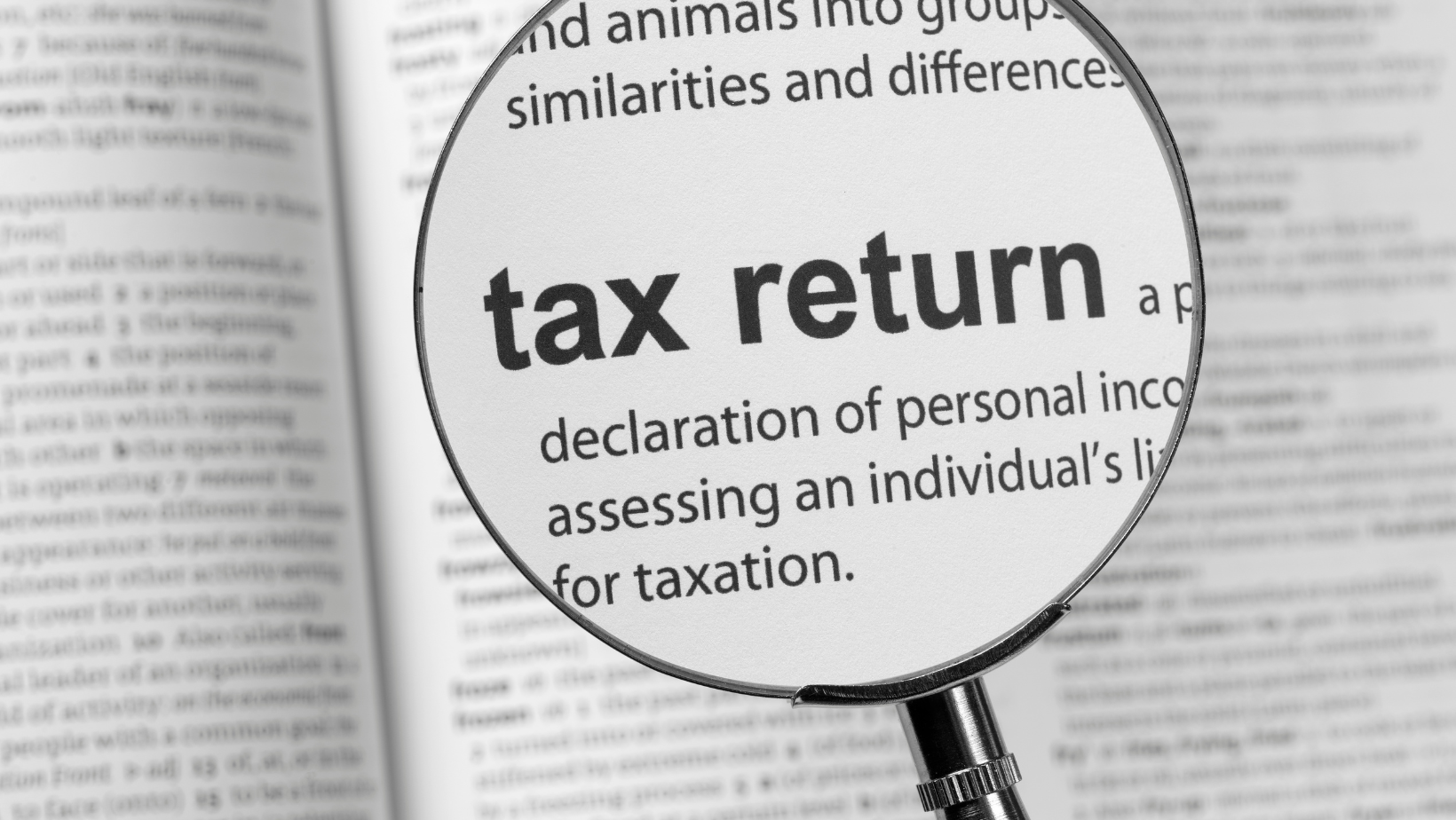
Although the risk-reward ratio is an important tool in investing, it could be better. Some common mistakes include the following:
Not Factoring in Taxes
Don’t forget about taxes when calculating the risk-reward ratio (RRR). Ignoring the tax implications of an investment can leave you with a completely different expected return than you expected. Let’s say you’re investing in a stock not held in a retirement account. Any forecasted dividend growth rate from that investment is subject to capital taxes. So when determining your RRR, you need to consider the amount of money you’d need to pay in taxes. Also, remember that federal and state taxes may differ depending on whether the investment is in a retirement account.
Neglecting to Consider Fees
When it comes to calculating the RRR for an investment, it’s essential to take the fees involved into account. These fees can vary significantly depending on whether you’re partnering with a financial advisor, broker, or any other entity, and it’s crucial to include them when estimating your expected return. If you decide to work with a financial advisor who charges a percentage fee based on your assets, that fee must be factored into your RRR calculation. Make sure not to underestimate the significance of these vital costs!
Not Taking Inflation Into Account
Did you know that inflation can significantly impact the growth rate of dividends? Considering the expected inflation rate when calculating your required RRR for your investments is crucial. A higher inflation rate means that when you eventually cash out, your investment will have less value in real terms. So, make sure to factor in inflation when calculating your return. It’s a crucial consideration!
Not Investing in the Right Asset Mix
Finding the right mix of assets is crucial for maximizing returns while managing risk. This means building a portfolio that includes various investment types like stocks, bonds, cash, real estate, and commodities. By diversifying, you’ll gain exposure to different parts of the market. So, if one asset class performs poorly, another can offset the losses and provide stability. It’s all about finding the right balance to achieve your financial goals and shield yourself from pitfalls.
Not Rebalancing Your Portfolio Regularly
Investing in the right mix of assets is crucial to maximizing returns while managing risk effectively. That means having a diverse capital asset pricing model portfolio with various investment types, such as stocks, bonds, cash, real estate, and commodities. This diversification ensures that you’ll have exposure to different parts of the market, so if one asset class experiences a downturn, another may provide stability and potential growth. By strategically diversifying your investments, you can confidently navigate the market and increase your chances of long-term financial success.
Conclusion
Making wise investments requires time and discipline, but it’s crucial to avoid common mistakes that can lead to poor investment decisions. To make informed choices and achieve your goals, consider seeking advice from a financial advisor or wealth manager. Educating yourself on different investment options and diversifying appropriately can mitigate risk and enhance long-term returns.
By creating a solid plan and being aware of potential pitfalls, you can maximize your investment returns and reach your financial objectives. Remember, no matter how experienced you are, there’s always something new to learn in the investment world. Stay updated with the latest trends in corporate finance and market changes to ensure you’re making well-informed investment decisions. Happy investing!


